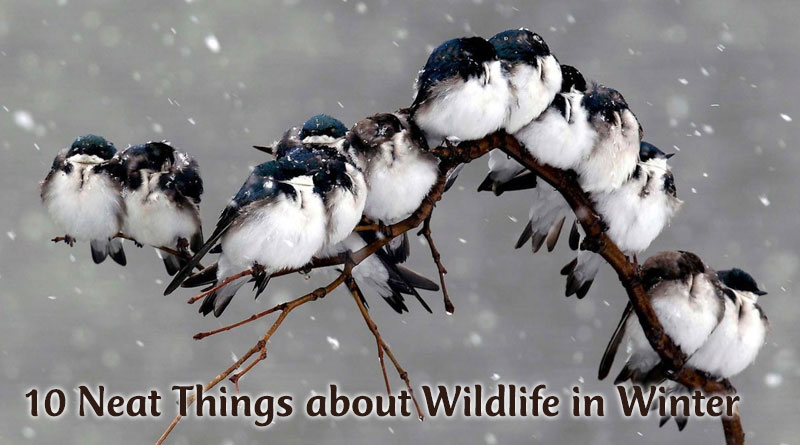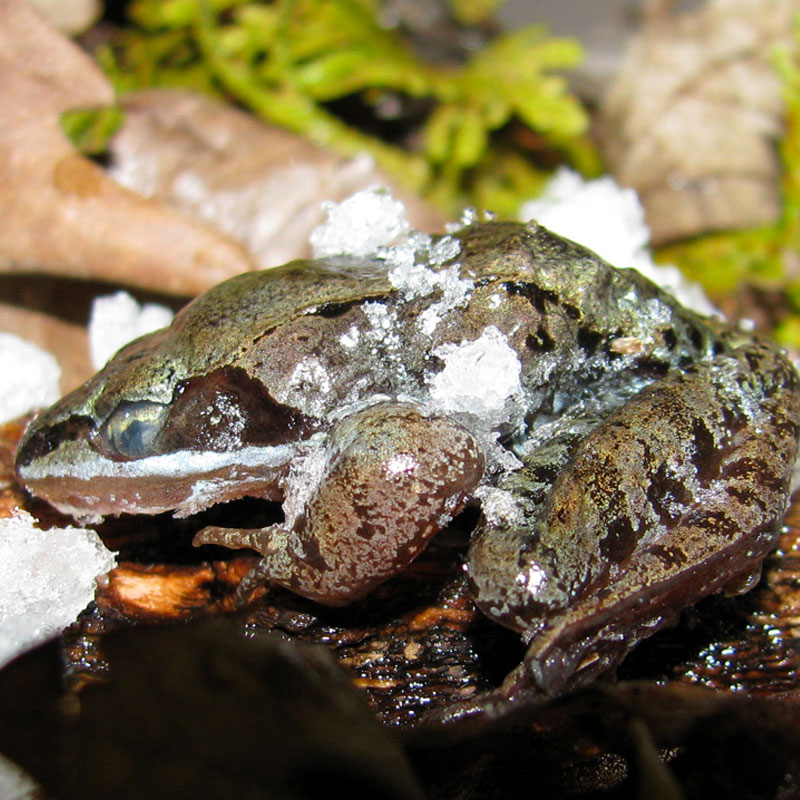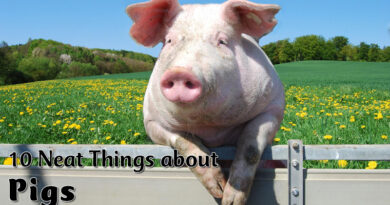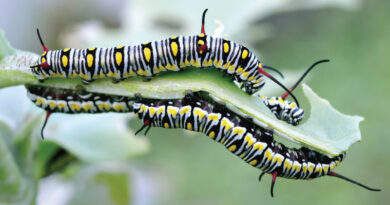10 Neat Things About Wildlife in Winter
1. Bulking up.
While many wildlife hibernate or hide away in dens in winter, others just bulk up by eating themselves silly all through fall. Deer and wild turkeys would be two examples. Deer will add about 30 percent to their weight during the fall months, eating acorns and other nuts and fruits. Wild turkeys also eat acorns, but if they get too fat they can’t fly, so they don’t bulk up as much.
2. Living off their fat.
Deer can live off their fat for several months but they rely on mosses, bark and twigs in the darkest days of winter, in late December, January and February. Wild turkeys forage on the ground for nuts, seeds and grubs, but when the snow gets too deep, they rely on tree buds.
5. Keeping warm.
Animals use different strategies to keep warm. Some find shivering useful to generate heat, but it helps if you have a warm coat to begin with. Deer, who shed twice a year, put on a warm coat in fall. The outer hairs are hollow to provide insulation, and the inner coat is a thick fur, five times denser than their outer coat (and four times denser than sheep’s wool). In summer, they lose the fur, and the outer coat is made up of solid hair shafts. Birds can fluff up their feathers, to stay warm by trapping air inside. Some frogs produce a kind of antifreeze, which allows them to become frog-cicles and then revive in springtime.
6. Bird strategies.
Besides fluffing their feathers, some birds will huddle together to keep warm. Others tuck their bills under their wings and will stand on one leg to minimize heat loss. Some grow extra feathers in fall. Many are good at taking advantage of sunny days by soaking up as much sun as they can, turning their backs to its warmth. While the average bird body temperature is 40 Celsius, some can enter a state of torpor where their body temperature drops by as much as 10 Celsius.
7. Dining in the snow.
Finding food for wildlife in winter can be an issue if you don’t harvest and store food, as squirrels do all summer. Animals such as rabbits and mice have to forage through the cold months. For a mouse, this is a dangerous pastime. Foxes can hear the slightest mouse sound a football field away. Mice travel through tunnels in the pukak layer of snow just above ground level, but these tunnels have vents and often predators will wait by an air vent and pounce when they smell or hear a meal go by.
8. Gourmet squirrels.
Squirrels are known for eating acorns and pine nuts, but they also eat bugs and birds’ eggs. They will eat animal bones, and even soil and tree bark, when food is scarce. They will eat and store mushrooms for winter, stringing the fungus out on branches to dry for storage. Smart squirrels.
9. Housing issues.
Rabbits look for the burrow of other animals because they cannot dig for themselves. Or they may find shelter under some shrubs or in a pile of brush. Chipmunks live in burrows (from which they may emerge on warm days in winter). Wild turkeys live in trees – together – and can do a lot of damage to a tree. Bears, snakes, badgers and bats find winter dens. Deer look for shelter under evergreen trees or in heavy underbrush. Some birds will find shelter in a birdhouse.
10. Goldfinches become brownfinches.
In addition to dealing with the cold and finding food, many wildlife have strategies to prevent themselves from becoming food in winter. Snowshoe hares, ptarmigan, Arctic foxes, collared lemmings, ermine and shaggy caribou all turn white so that they can disappear against the snow in the Arctic. Goldfinches become a dull greenish brown.
By Shauna Dobbie
(The first edition was published on November 21,2019)















